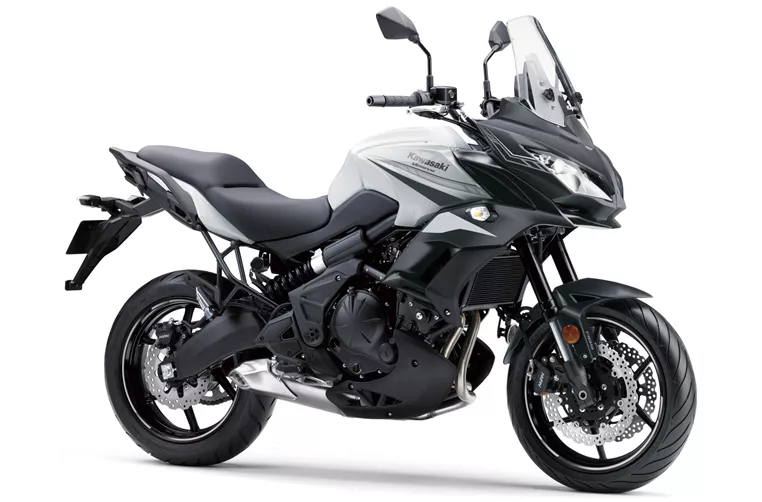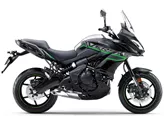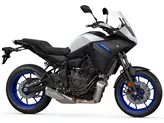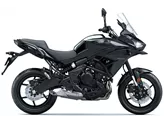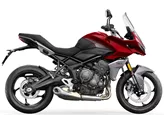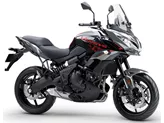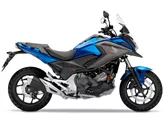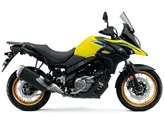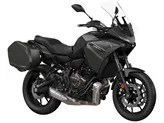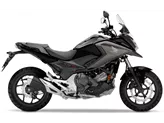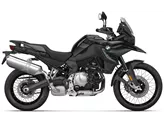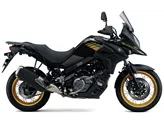Triumph Tiger 800 XC 2016 vs. Kawasaki Versys 650 2020

Triumph Tiger 800 XC 2016
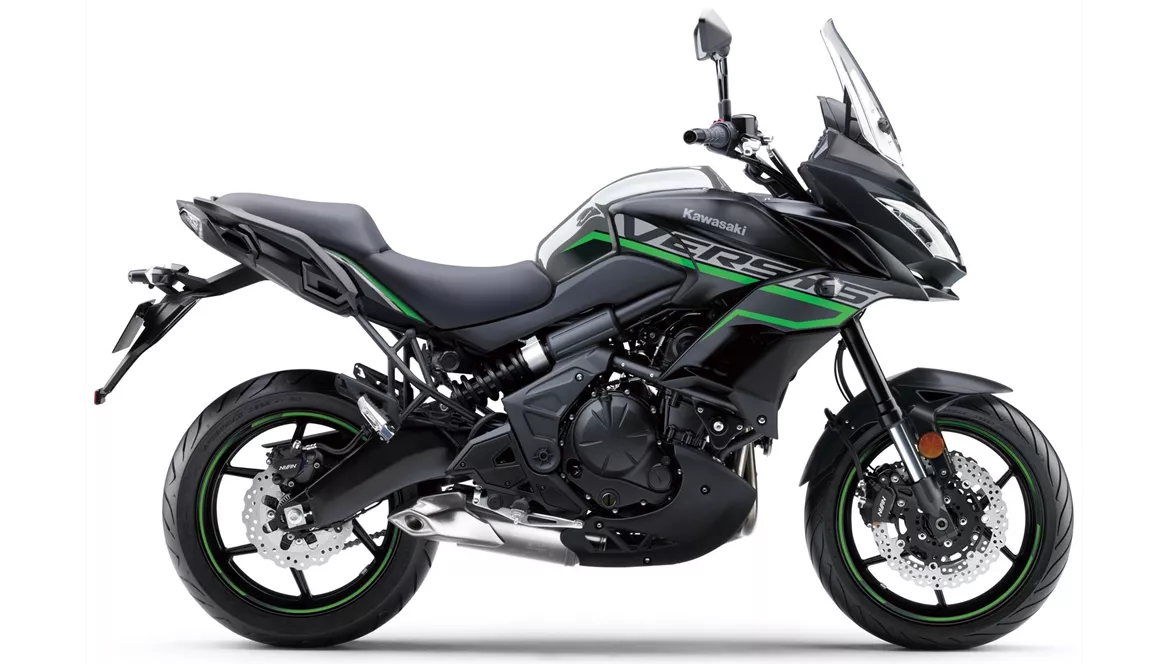
Kawasaki Versys 650 2020
Pregled - Triumph Tiger 800 XC 2016 vs Kawasaki Versys 650 2020
The Triumph Tiger 800 XC 2016 and the Kawasaki Versys 650 2020 are both enduro motorcycles that offer a combination of on-road and off-road capabilities. While they have some similarities in terms of engine type, suspension, and frame, there are also notable differences between the two models.
In terms of engine specifications, the Triumph Tiger 800 XC 2016 is equipped with an in-line three-cylinder engine with a displacement of 799cc. It produces 95 horsepower and 79 Nm of torque. On the other hand, the Kawasaki Versys 650 2020 features an in-line twin-cylinder engine with a displacement of 649cc. It generates 69 horsepower and 64 Nm of torque. The Tiger 800 XC has a more powerful engine, providing a higher level of performance compared to the Versys 650.
Both motorcycles feature chain transmissions and steel frames, ensuring durability and reliability. They also have upside-down telescopic forks for the front suspension, providing stability and control during off-road rides. However, the Tiger 800 XC offers adjustable compression and rebound damping for both the front and rear suspension, allowing riders to fine-tune the suspension settings according to their preferences. The Versys 650, on the other hand, only offers rebound adjustment for the front and rear suspension.

Triumph Tiger 800 XC 2016
In terms of dimensions and weights, the Tiger 800 XC has a larger front tire diameter of 21 inches, while the Versys 650 has a smaller front tire diameter of 17 inches. The rear tire width of the Versys 650 is slightly wider at 160mm compared to the Tiger 800 XC's 150mm. The Tiger 800 XC also has a longer wheelbase of 1545mm, providing better stability at higher speeds. However, the Versys 650 has a slightly lower seat height of 840mm compared to the Tiger 800 XC's 845mm.
When it comes to strengths, the Tiger 800 XC offers a great three-cylinder engine with a cool sound and comfortable seating position. It is also easy to handle and has off-road capabilities thanks to its long suspension travel. The bike features selectable riding modes, adjustable ABS, and adjustable traction control, providing a customizable riding experience. Additionally, the Tiger 800 XC comes with extensive features, enhancing its overall appeal.
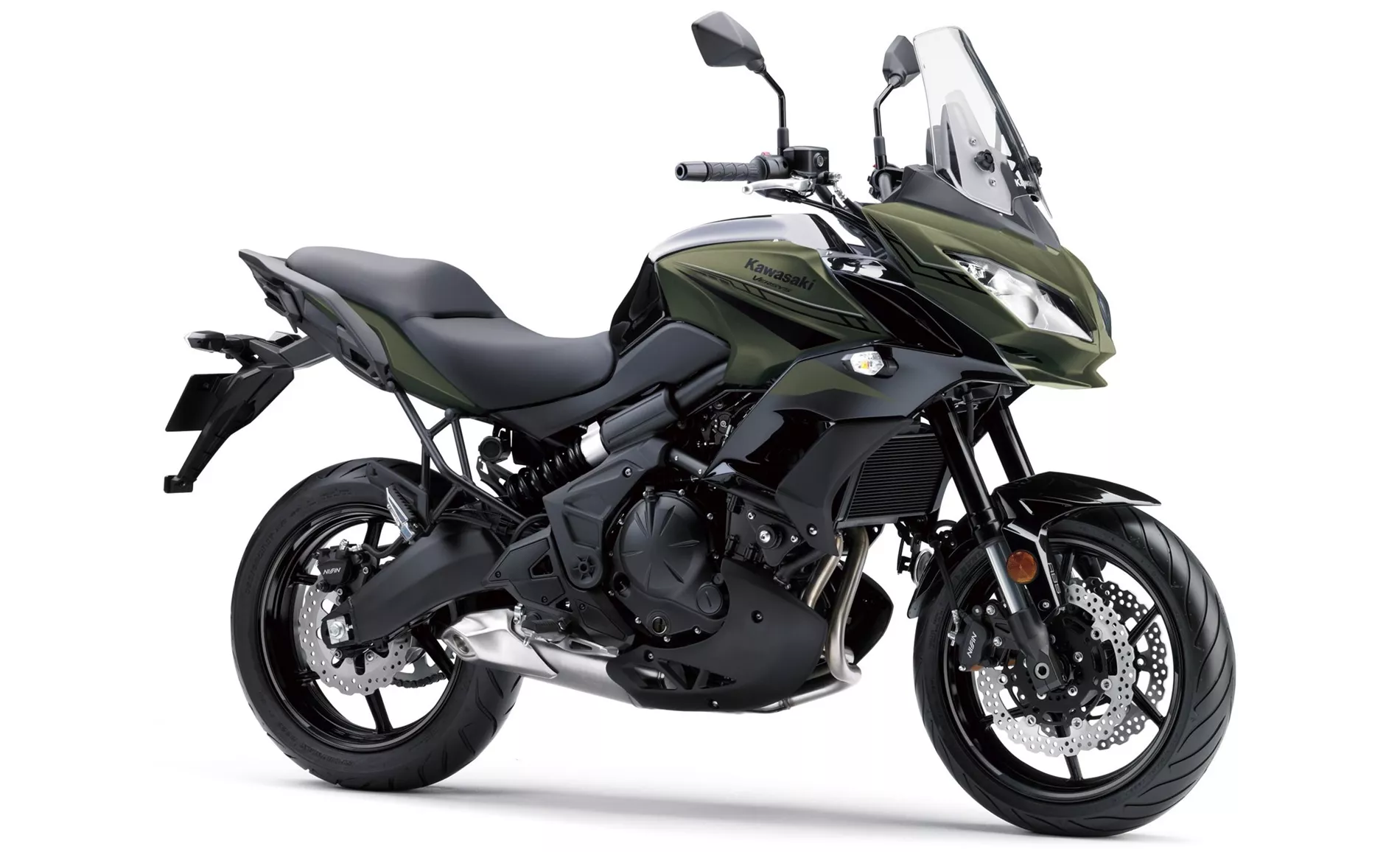
Kawasaki Versys 650 2020
On the other hand, the Versys 650 excels in travel comfort and offers a pleasant and comfortable chassis. Its seating position is ready for touring, and the bike is known for its agile and light-footed handling, making it easy to maneuver in various riding conditions.
In terms of weaknesses, the Tiger 800 XC is visually similar to its predecessor, which may not appeal to riders looking for a fresh design. It also has suboptimal wind protection, and the footrests may drag early with a very sporty riding style. The Versys 650, on the other hand, has reported vibrations in the footpegs and a less smooth response during the transition from pushing to load operation. Additionally, the ABS on the Versys 650 cannot be deactivated, and the bike has a slightly higher weight compared to the Tiger 800 XC.
Overall, both the Triumph Tiger 800 XC 2016 and the Kawasaki Versys 650 2020 have their own strengths and weaknesses. The Tiger 800 XC offers a more powerful engine and a wider range of adjustable features, making it suitable for riders who prioritize performance and off-road capabilities. On the other hand, the Versys 650 provides excellent travel comfort and agile handling, making it a great choice for touring and everyday riding. Ultimately, the choice between the two models depends on the rider's preferences and intended usage.
Tehničke specifikacije Triumph Tiger 800 XC 2016 u odnosu na Kawasaki Versys 650 2020
Prednosti i nedostaci u odnosu na
Prednosti i nedostaci u odnosu na
Triumph Tiger 800 XC 2016
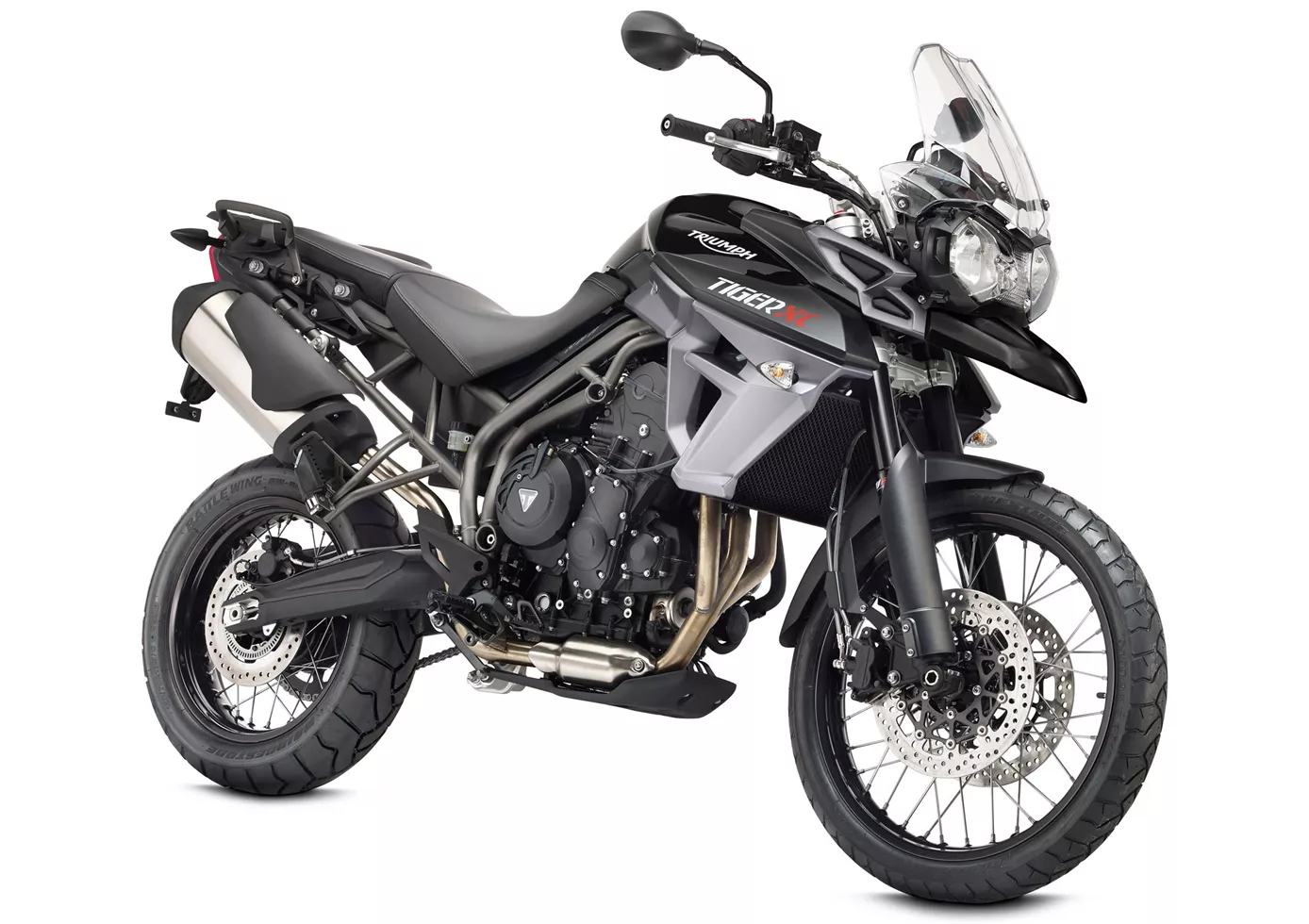
The new edition of the Tiger 800 XC can be considered quite successful. Even the "conventional" version can do much more than its predecessor thanks to the ride-by-wire system and standard traction control and ABS (both can be switched off). However, if you want to venture off-road more often, which is definitely what the designers had in mind thanks to the large wheels and spoke rims, you should choose the Tiger 800 XCx, which costs just under 1000 euros more. Thanks to the freely selectable riding modes, the x-version can be optimally tuned to the respective terrain. In addition, there is an engine guard, self-resetting turn signals, cruise control, main stand, underride protection, an additional 12V socket and hand protectors - which probably more than justifies the extra charge.
Kawasaki Versys 650 2020
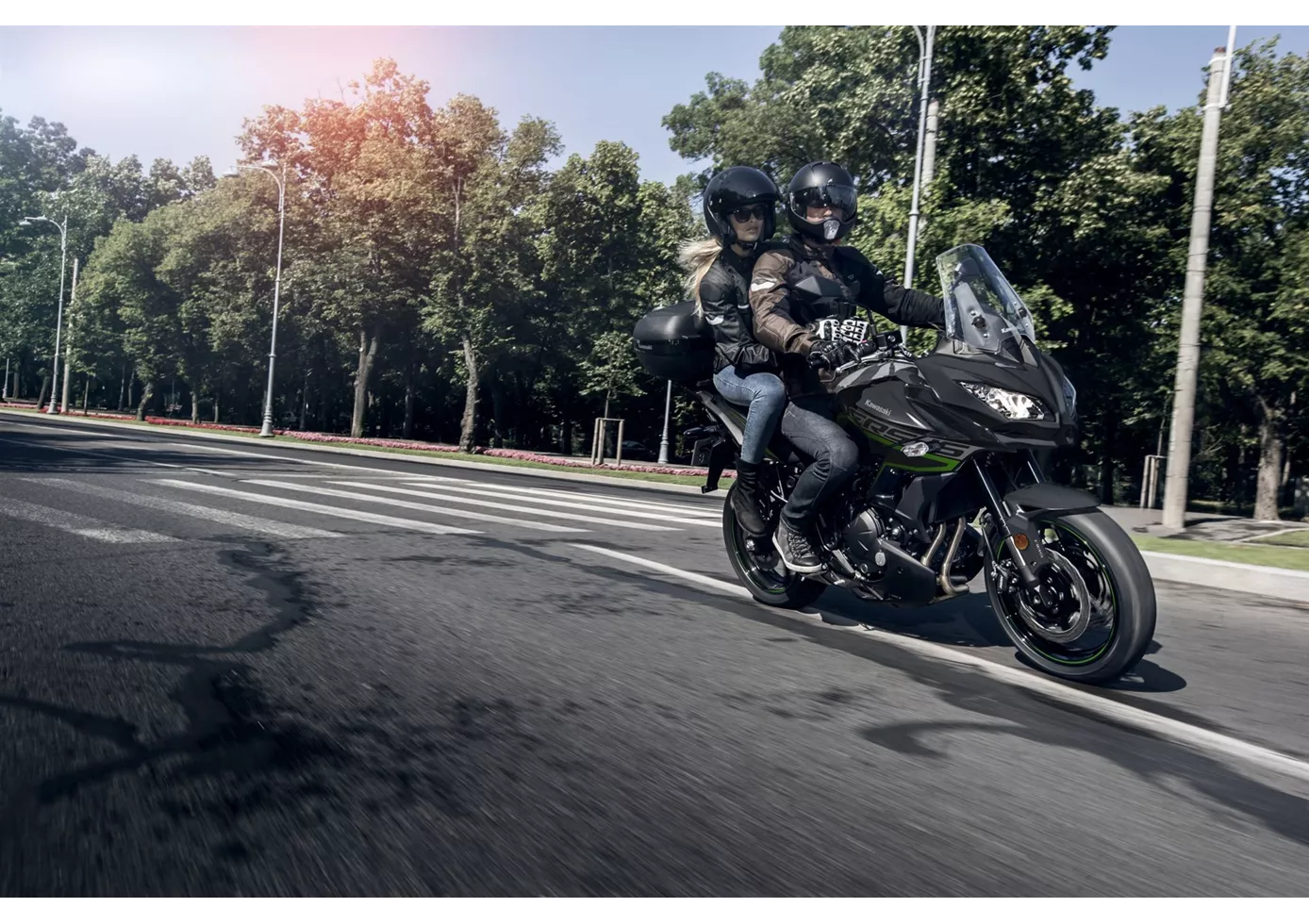
The 2019 model year Kawasaki Versys presented itself as a comfortable, stable yet lively touring machine. The motorbike is versatile and offers high utility value. It is a fully-fledged touring machine that is a pleasure to ride on extended tours. The bike offers a terrific price/performance ratio.
Usporedba cijena Prosječna tržišna cijena Triumph Tiger 800 XC vs Kawasaki Versys 650
There are a few key differences between a Triumph Tiger 800 XC 2016 and a Kawasaki Versys 650 2020. It takes less time to sell a Triumph Tiger 800 XC with 112 days compared to 137 days for a Kawasaki Versys 650. Since model year 2011 1000PS.de editors have written 16 reviews for the Triumph Tiger 800 XC and 39 reviews for the Kawasaki Versys 650 since model year 2007. The first review for the Triumph Tiger 800 XC was published on 11/1/2010 and now has more than 8,200 views. This compares to more than 3,900 views for the first review on Kawasaki Versys 650 published on 7/25/2006.

